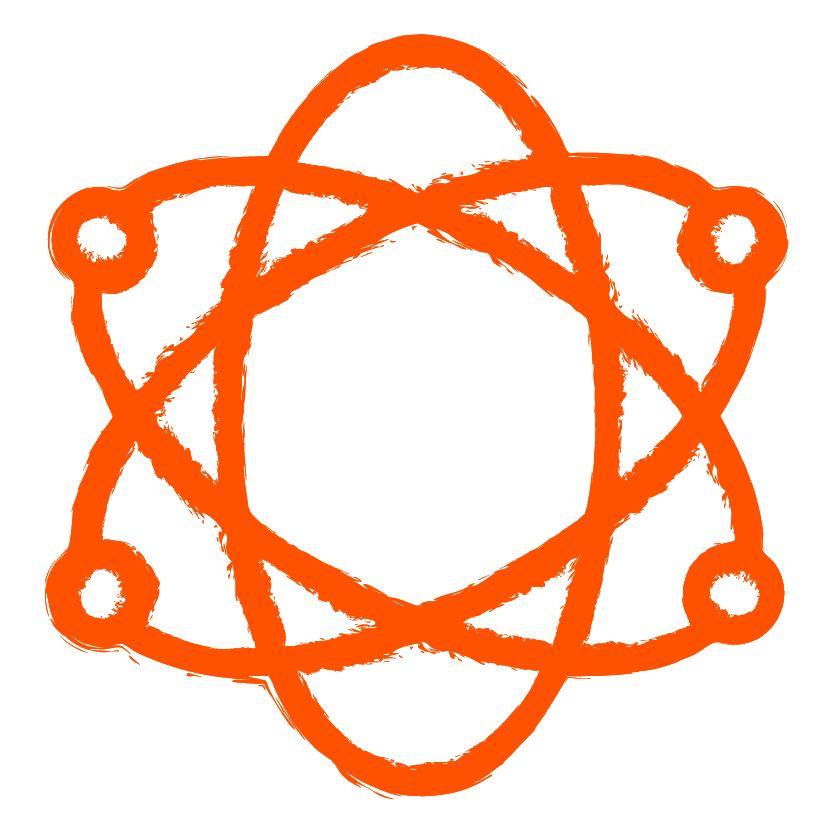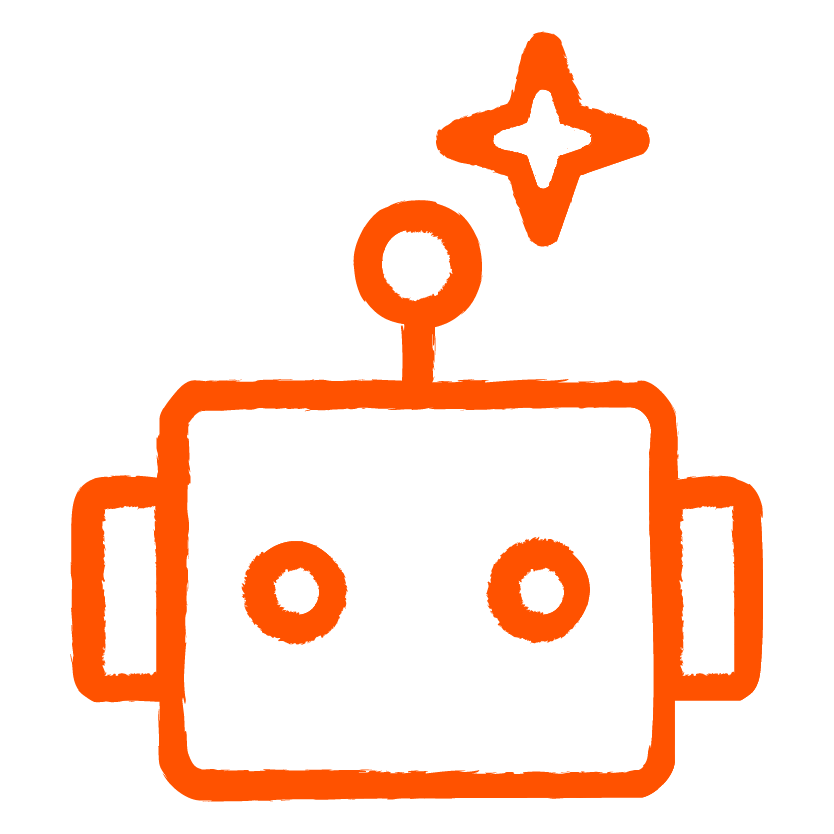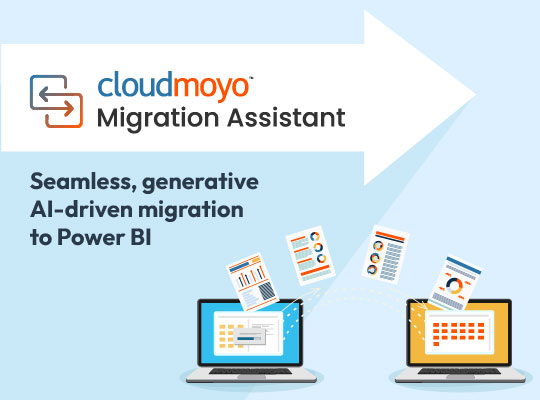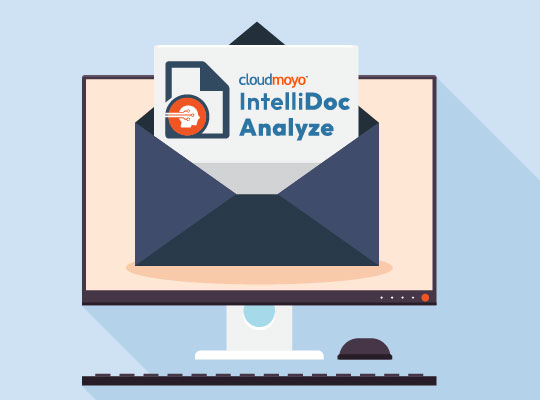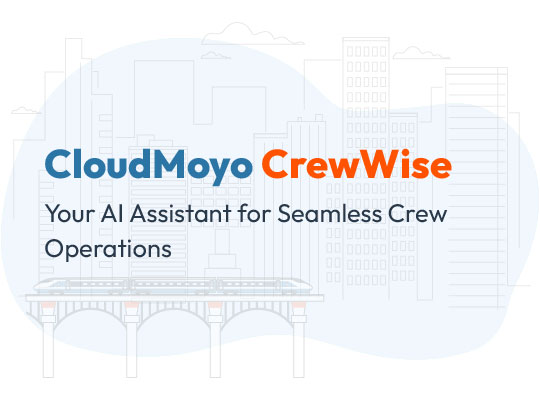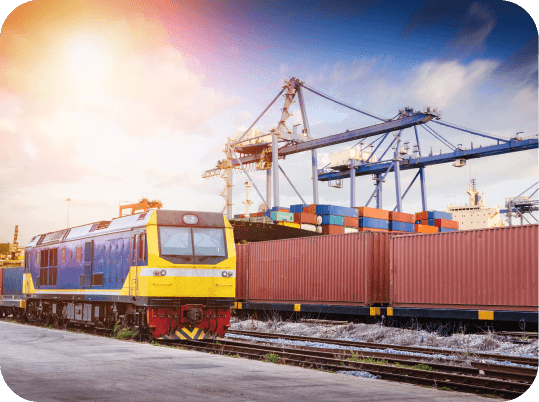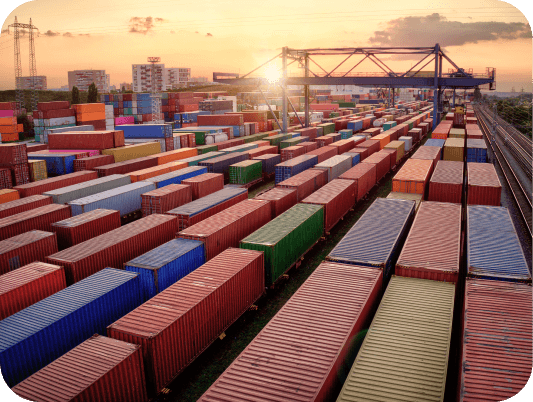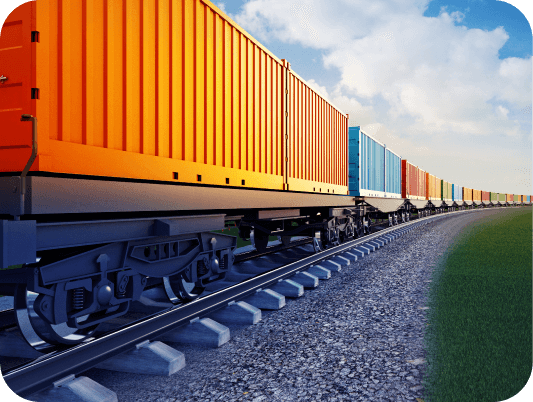Artificial Intelligence (AI) is reshaping the world as we know it, and it’s happening fast. With innovations like ChatGPT grabbing headlines and transforming industries, the momentum is impossible to ignore. But beyond the buzzwords and breakthroughs, there’s a deeper question at play: What if AI could be more than just smart, what if it could also be sustainable?
At CloudMoyo, we don’t see technology and sustainability as separate lanes, they’re part of the same journey. Imagine AI not just predicting outcomes but actively contributing to a cleaner, greener future. From powering intelligent infrastructure to streamlining supply chains and transforming how we grow food, AI is inspiring new ways of thinking about our planet, not just how we protect it, but how we uplift it.
Of course, there are trade-offs. Like any powerful tool, AI comes with its own set of challenges, including environmental ones. But those same challenges spark innovative solutions. With the right strategy, AI can become a force for good, cutting emissions, boosting efficiency, and enabling smarter choices for businesses and the planet alike.
The Environmental Cost of AI: A Reality Check
Let’s start with the elephant in the room: AI is not environmentally neutral. Behind the shiny promise of innovation lies a significant environmental footprint, especially for generative AI models like ChatGPT, which rely on enormous computing resources to operate.
To put things into perspective, a single training run of GPT-3 (a model with 175 billion parameters) is estimated to have consumed 1,287 megawatt-hours (MWh) of electricity and produced roughly 552 metric tons of CO₂ emissions, according to research. That’s equivalent to the carbon footprint of 123 gasoline-powered passenger vehicles driven for one year.
But the impact doesn’t end with carbon emissions. Water consumption is another hidden cost. A 2023 study from the University of California, Riverside, found that training GPT-3 may have consumed up to 700,000 liters of fresh water for cooling during the training process. The research also states that the amount of freshwater that is required by GPT-3 can be equated to the amount required to fill a nuclear reactor’s cooling tower.
And as AI adoption scales, the demand for data center infrastructure continues to rise. According to the International Energy Agency (IEA), data centers globally consumed around 460 terawatt-hours (TWh) of electricity in 2022, which is around 1.4-1.7% of global electricity use. This can be equated to a whopping 71% of the electricity generated by Canada. The IEA also projects that data energy consumption will double by the end of 2026.
However, technological innovation has historically shown us that early challenges can often lead to groundbreaking solutions. For instance, the development of trains, while initially inefficient and polluting, laid the foundation for today’s high-speed electric trains that are revolutionizing global transportation. Similarly, hydroelectric power, initially met with concerns about the environmental impact of dam construction, now generates clean, renewable energy for millions of households worldwide, proving that perseverance and innovation can transform initial hurdles into lasting benefits. These examples remind us that progress, while imperfect at first, often paves the way for transformative, sustainable solutions.
AI holds immense promise, but it’s not without its trade-offs. Recognizing these impacts is the first step toward meaningful action. By understanding the true cost, we empower ourselves to build smarter systems that prioritize both progress and the planet. History reminds us that with innovation and intentionality, these challenges can inspire solutions that drive us toward a more sustainable future.
The Positive Side: How AI Can Drive Sustainability
Here’s the good news: while AI has a footprint, it also has immense potential to offset its own impact and enable greener decision-making across industries. When used smartly, AI can optimize energy usage, reduce waste, and even help fight climate change.
Imagine a future where every decision, whether in the towering skylines of our cities or the sprawling fields of our farmlands, is powered by intelligent, sustainable technology. In this future, AI isn’t just a tool; it’s the heartbeat of a cleaner, more efficient world.
- AI for Energy-Efficient Buildings
Smart buildings are becoming the norm thanks to AI. Through sensors, machine learning, and predictive analytics, AI systems can monitor and adjust energy consumption in real-time. For instance, Google uses DeepMind to manage cooling systems in data centers, reducing energy use by 40%.TIME Magazine recently reported on new AI tools that predict occupancy trends in commercial buildings to adjust heating, cooling, and lighting, making infrastructure more energy-efficient and cost-effective. - Climate-Smart Agriculture
Farming is the backbone of our world, yet traditional practices often come at a high environmental cost. AI-powered agriculture is changing the game: by analyzing soil data, weather trends, and crop health, these systems enable precision farming that conserves water and reduces chemical use.Agriculture is responsible for a sizable portion of global emissions, but AI offers powerful tools to make farming more sustainable. AI-powered systems can analyze soil data, weather forecasts, and crop health to optimize water usage and reduce chemical dependency.At CES 2024, agricultural AI startups highlighted how drone-based imaging and automated irrigation systems help farmers reduce waste while increasing yields. According to a recent 2024 study in Springer Nature, in dry locations, drone-assisted irrigation increases water efficiency by 25%, ensuring efficient water usage and considerable yield.
- Smarter Regulatory Compliance
Effective stewardship of our planet demands proactive action. Advanced AI tools can scan satellite images to detect illegal activities such as unauthorized mining or deforestation, enabling rapid responses and stricter enforcement of environmental laws. This level of oversight transforms regulatory compliance from a reactive process into a dynamic system of continuous environmental protection.Government agencies are now using AI to enforce environmental regulations more effectively. A Stanford report highlighted how AI helps regulators analyze satellite data to detect illegal mining, logging, and emissions violations.This doesn’t just improve oversight, allows companies to act responsibly while maintaining transparency.
- AI-Powered Supply Chain Optimization
Every product has a journey from creation to consumption. AI is rewriting that journey by optimizing each link in the supply chain. By predicting demand accurately, streamlining logistics, and minimizing waste, AI ensures that the entire process becomes more efficient and less harmful to the environment. Imagine a future where every shipment, every delivery, and every transaction contributes to lowering carbon footprints across the globe.AI can revolutionize supply chains by predicting demand, optimizing delivery routes, and minimizing waste. Tools like contract intelligence, as we’ve discussed in our blog on contract analytics and contract optimization, allow organizations to track sustainability clauses, streamline procurement, and ensure green compliance across vendors.AI helps supply chains become leaner and greener, reducing fuel consumption and inventory waste.
CloudMoyo’s Contribution to Sustainability: Sustainability-Centric Contract Management
While AI carries environmental costs, its potential to drive sustainability far outweighs its challenges – when implemented thoughtfully. And at Cloud Moyo, we recognize that AI is more than just a tool for efficiency; it’s a catalyst for change. Contracts are more than just legal documents; they’re strategic blueprints that define how organizations achieve their environmental and social governance (ESG) goals.
Our contract intelligence solutions empower businesses to harness the full potential of AI to drive sustainability in every facet of their operations. Our innovative tools enable organizations to:
- Track ESG clauses in real time, like monitoring every commitment to ensure promises translate into measurable actions.
- Ensure vendor compliance with sustainability commitments: Rigorously assessing partner practices so that every link in the supply chain meets green standards.
- Proactively identify risks tied to environmental non-compliance: Detecting and addressing issues early to safeguard against costly setbacks and environmental harm.
This heightened transparency not only bolsters accountability but also helps organizations integrate climate-responsible practices into their core operations.
We firmly believe in equipping businesses and establishments to make sustainable choices and adhere to practices that promote environmental well-being. By harnessing AI, we enable companies to make informed, responsible decisions, ensuring that every contract supports a broader commitment to sustainability.
As we continue to innovate with generative AI, our commitment goes beyond operational excellence. We are dedicated to understanding and addressing both the positive and not-so-positive impacts of AI. In doing so, CloudMoyo is not only transforming contract management but also paving the way for a future where technology and environmental stewardship go hand in hand.
A Smarter, Greener Future
AI isn’t just a tech trend – it’s a tool that can help us create a more sustainable and resilient world. From smart energy systems to climate-resilient agriculture and green contracts, the possibilities are endless.
Yes, AI consumes energy, but when used wisely, it can become part of the solution rather than the problem. According to a study compiled by AI Multiple, AI could reduce global greenhouse gas emissions by 4% by 2030, equal to the combined annual emissions of Australia, Canada, and Japan.
The key? Intentional, purpose-driven implementation that aligns technology use with sustainability goals. Sustainability is more than a checkbox. It’s an opportunity to innovate responsibly – and with the right guidance, AI can lead the way.
We’re excited to support organizations in navigating this path with transparency, responsibility, and innovation.
Are you ready to discover how AI can drive your sustainability goals, especially when it comes to supply chain management?



